Running an online store today is not just about good products – it’s about visibility. With thousands of e-commerce sites competing for attention, only those who master SEO can truly dominate the digital market.
At Bloom Agency, we’ve helped e-commerce brands turn search engines into their most consistent source of revenue. If you’re looking to increase your rankings, traffic, and conversions, here are six proven eCommerce SEO strategies that will work in 2025 and beyond.
Table of Contents
Toggle1. Do thorough keyword research (beyond just product terms)
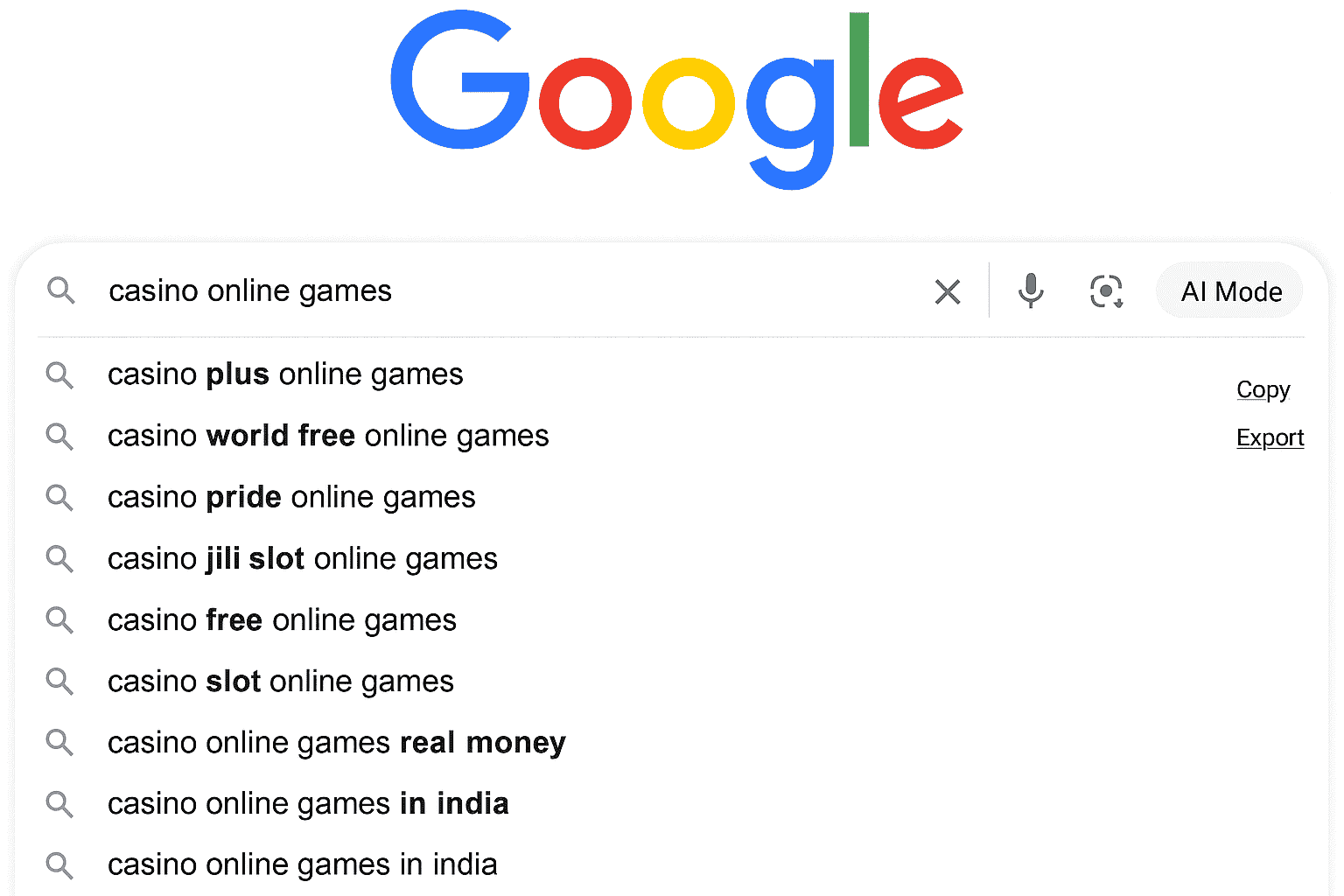
Most e-commerce businesses only focus on directly product-related keywords such as “buy sneakers online.” While important, they miss a big opportunity – long-tail and informational keywords.
Your customers don’t always start by searching for a product; They often start by asking questions. Targeting these early questions helps you capture potential buyers long before they’re ready to buy.
Example:
- Instead of just targeting “women’s sneakers,” optimize for:
- “Best Running Shoes for Flat Feet”
- “How to choose sneakers for beginners”
- “Sizing Guide for Running Shoes”
At Bloom Agency, we use advanced keyword tools to find hidden search intent opportunities that generate both traffic and conversions, not just clicks.
2. Optimise your website architecture for crawling and conversion
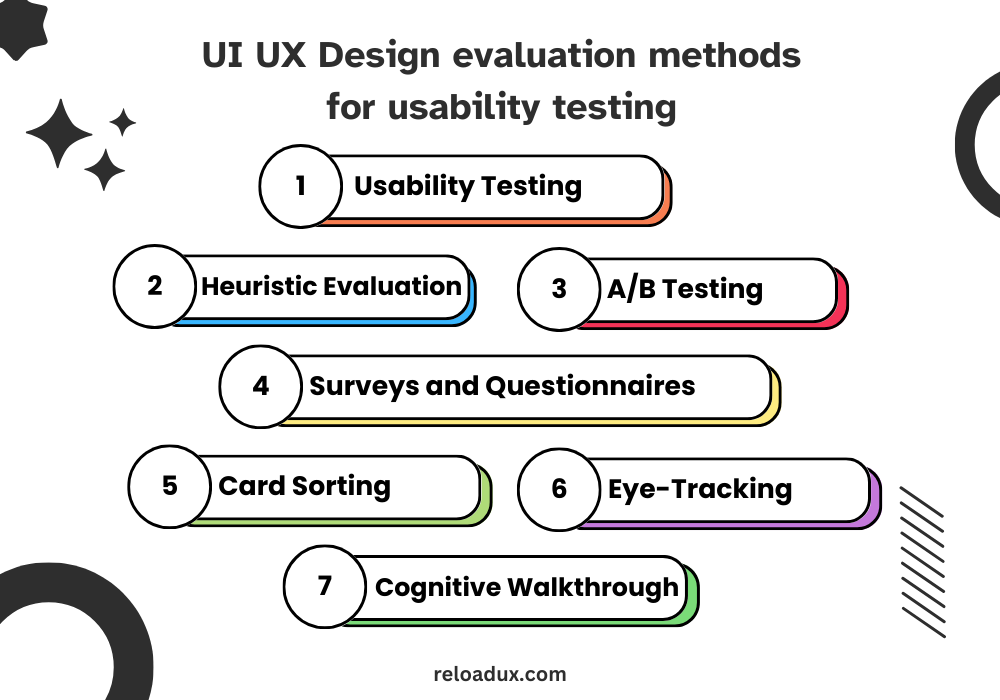
Google likes websites that are organized, logical and easy to navigate. Your customers should do the same.
Make sure your eCommerce site has a clean, scalable architecture. This means:
- Keep URLs short and descriptive (eg /category/product-name/)
- Structure pages hierarchically: Home → Category → Subcategory → Products
- Using Breadcrumb Navigation to improve the user experience
- Link relevant product and category pages for better browsing paths
Search engines should be able to find your pages easily, and visitors should be able to reach the desired product in three clicks or less.
Bloom’s eCommerce SEO experts perform frequent site audits and restructuring to ensure maximum indexability and minimal ranking bottlenecks.
3. Master on-page customization for each product page
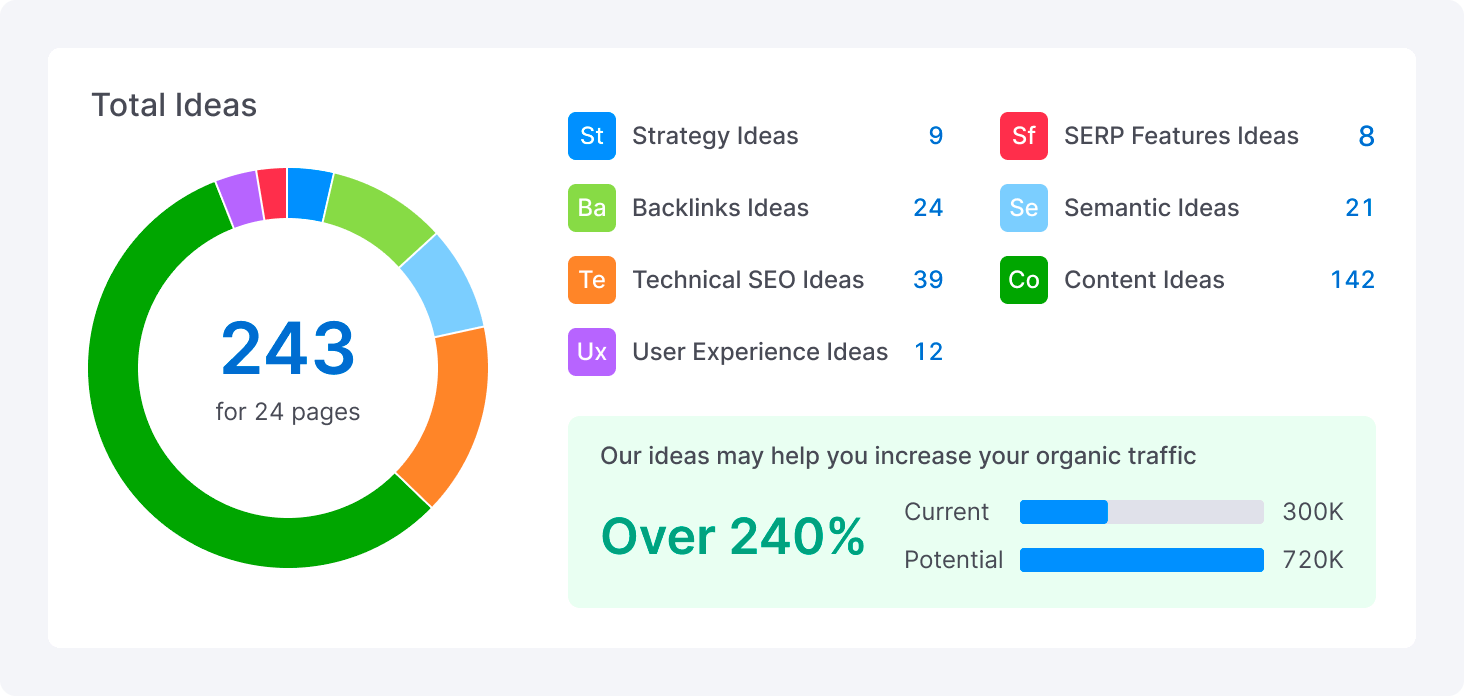
Every product page is a chance to rank, convert and build brand authority. Optimizing it means balancing SEO structure with user engagement.
Pay attention to these items:
- Unique product title with target keyword
- Compelling meta description (not a duplicate!)
- High quality images with descriptive alternative text
- Detailed, keyword-optimized product descriptions
- Customer reviews for reliability and new content
Pro tip from Bloom: Use form tagging (product, review, price and availability) to improve your chances of appearing in rich results and Google Shopping listings.
4. Improve site speed and mobile experience

A slow e-commerce site is a conversion killer. In 2025, core networks are more important than ever for SEO rankings and user satisfaction.
Check your site’s performance using Google PageSpeed Insights or Lighthouse and fix the following:
- Compress images and use next-generation formats (like WebP)
- Reduce code bloat (CSS/JS)
- Enable browser caching
- Choose fast hosting with CDN support
Also prioritize mobile-first design – most online shopping traffic now comes from smartphones. A responsive layout, simple CTAs, and simplified checkout will not only improve rankings, but also increase sales.
At Bloom, we integrate SEO + UX optimization to ensure that both Google and your customers love your store equally.
5. Build quality backlinks to increase domain authority

Ecommerce sites can’t just rely on on-page SEO. To rank higher in competitive niches, you need authoritative backlinks from relevant sources.
Forget spammy link farms – focus on earning links that provide real value.
Effective strategies include:
- Digital PR: Present stories about your brand, new launches or trends to the media.
- Guest Post: Contribute expert insight to specific blogs.
- Resource Link Building: Create helpful buying guides or comparison pages that others naturally link to.
- Influencer collaboration: Earn backlinks through product reviews and mentions.
Bloom Agency’s link building experts help ecommerce clients acquire editorial-quality backlinks that organically increase visibility and credibility.
6. Focus on technical SEO and structured data

Technical SEO is what keeps your website search-friendly behind the scenes. For e-commerce sites, this is not negotiable.
Make sure you:
- Fix broken links and redirect errors
- Submit XML sitemaps and structured data
- Use canonical tags to avoid duplicate content
- Use HTTPS for secure shopping
- Optimize the review budget for larger stores
With structured data (JSON-LD), you can display rich snippets such as price, stock status and ratings directly on SERPs – improving CTR and conversion efficiency.
Bloom’s SEO audits uncover these invisible issues that hold many ecommerce stores back, helping customers recover lost rankings faster.
Bonus tip: Don’t forget about conversion optimisation
SEO drives traffic – conversion optimization turns that traffic into sales.
Test different product page layouts, experiment with CTA placement, simplify checkout, and use checkout intent popups to reduce cart size.
Bloom Agency blends SEO, CRO and content strategy to build online commerce
Final Thoughts
Ecommerce SEO isn’t about chasing algorithms—it’s about understanding users, structuring your site for both humans and search engines, and building long-term authority.
By implementing these six strategies, your store can dominate search results and drive sustained revenue growth.
At Bloom Agency, we combine technical accuracy with creative strategy to help e-commerce brands grow sustainably. Whether you’re optimizing product pages or building backlinks, our experts are here to help you rank higher and sell better.


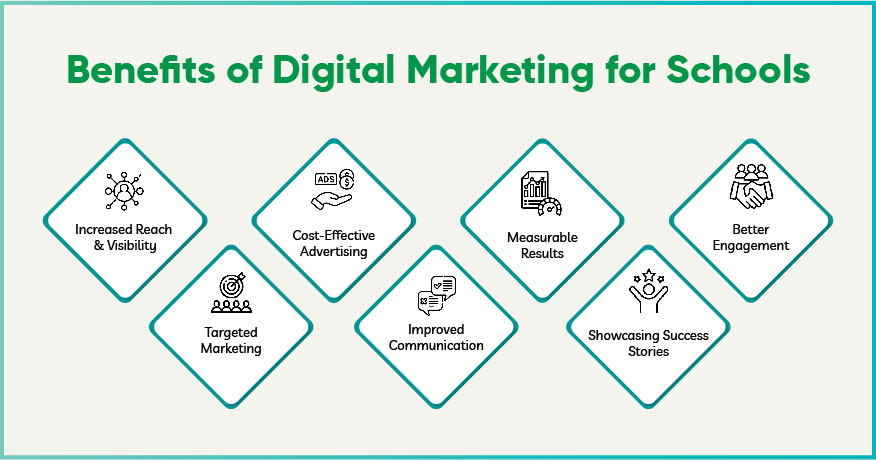
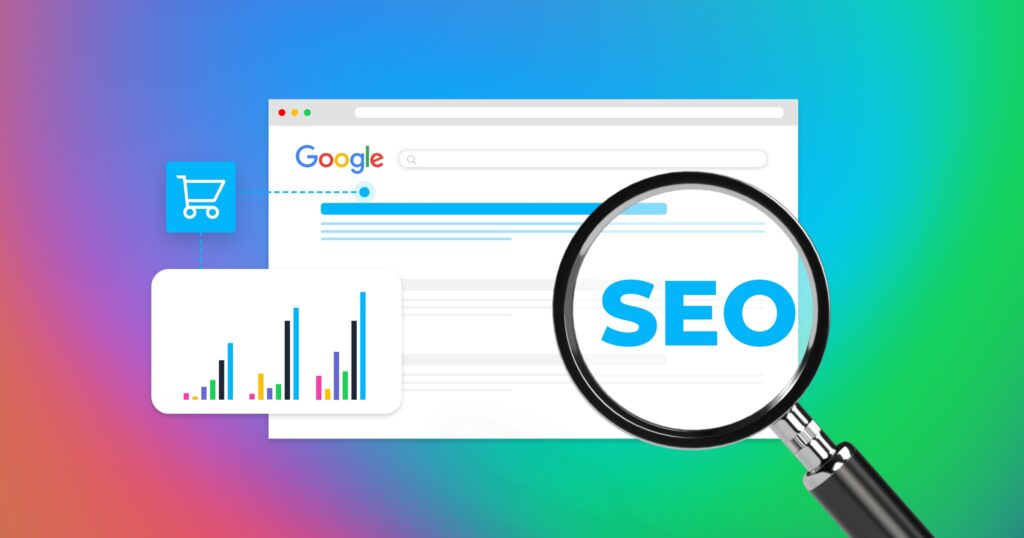




Rahul M.
B2B Service Provider